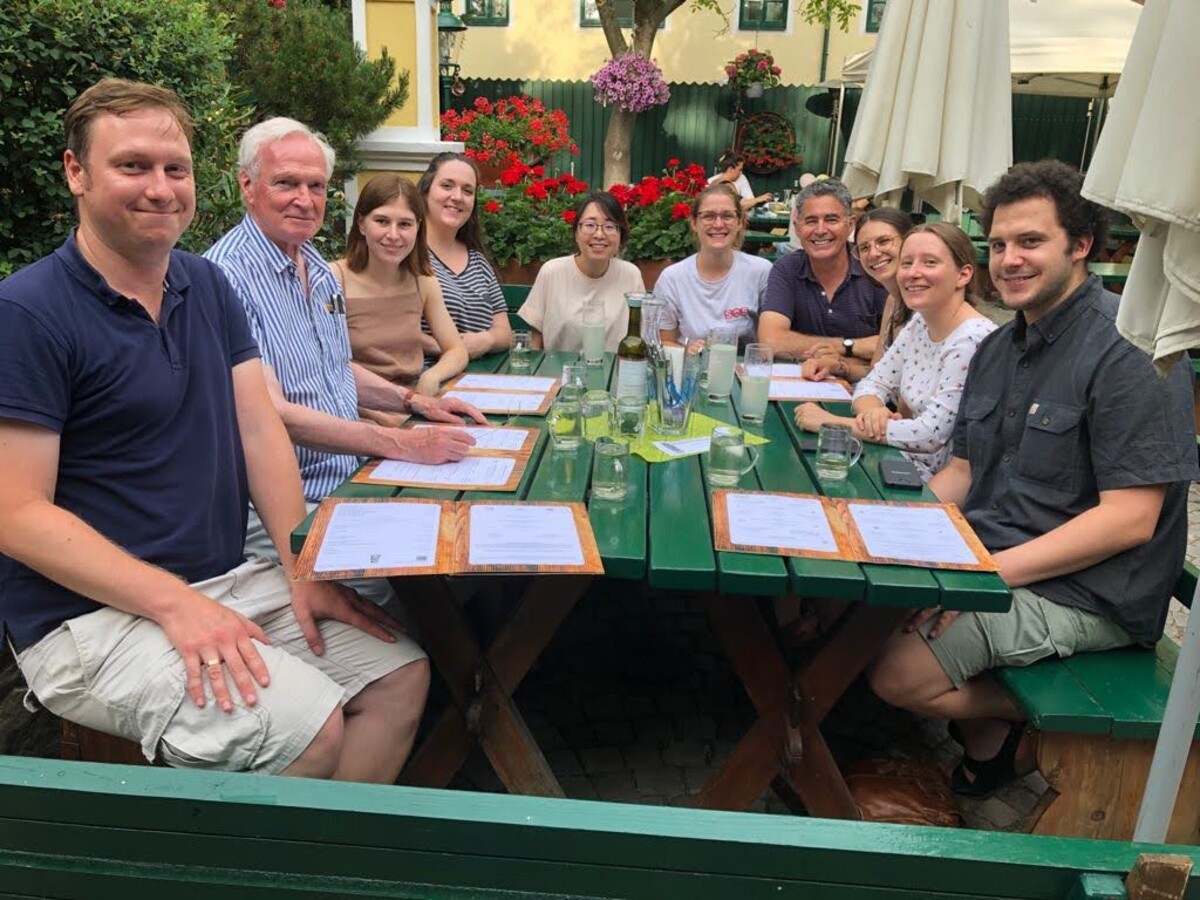Insights into regeneration
Nicola Wong Wai Yee (Croucher Scholarship 2019) is a computational biologist using bioinformatics to explore the comparative and evolutionary genomics of different organisms.
During her PhD studies at the Department of Molecular Evolution and Development, at the University of Vienna, under the supervision of Dr Olek Simakob, Wong used the fresh water polyp, Hydra, as a model organism, because of its very strong regenerative capacity.
“The amazing thing about the Hydra is that it can be reduced to almost single cell level- mashed up in a centrifuge- and if the cells are grouped together, they seek each other out and regenerate into one intact animal within 5-7 days,” said Wong.
Ever since Abraham Trembley, a mathematician born and raised in Geneva, accidentally discovered the regenerative capacity of Hydra in 1740, scientists have been intrigued by the species. Trembley found a green polyp-shaped organism in pond water and wishing to classify it as plant or animal, he cut the organism into two parts, reasoning that such an amputation would kill an animal but not a plant. After a couple of days, Trembley was astonished to discover that each half of the Hydra had regenerated and created two separate organisms.
The Hydra provides a potent model system for investigating the conditions that promote wound healing, reactivation of a developmental process and, ultimately, regeneration of an amputated body part
Now the evolving science of bioinformatics is being used for analysis and interpretation of the growing wealth of data generated by genomic sequencing projects, so Trembley’s original discoveries can be revisited and investigated further.
“If we can understand how gene regulation networks work in Hydra which shares many genes with a human or a mouse, we will provide some fundamental insights about the process of regeneration,” said Wong.
One key aspect of her work was to explore the importance of transposable elements in Hydra regeneration. Transposable elements are insertional mutagens influencing the genome size and the evolution and adaptation of species as well as the physiology of individuals. Measuring transposable elements expression helps to understand not only when and where transposable elements mobilization can occur but also how this process alters gene expression, chromatin accessibility or cellular signalling pathways.
The major reason for looking at transposable elements is because it shapes evolution of the genome and different individual studies have demonstrated that transposable elements expansion correlates with stress exerted on the subject.
“It’s a very new area – there are many trends and correlations but we still don’t understand the underlying mechanics- why this occurs in some organisms and not others,” said Wong.
Her works on transposable elements expression in hydra regeneration was the key focus of her PhD studies which she completed in the summer of 2021 and the collaborative project is still in progress and a paper will be published in due course.
In November 2019, Wong was lead author on a major collaborative paper: Expansion of a single transposable element family is associated with genome-size increase and radiation in the genus Hydra.
The paper demonstrated that the genome of Hydra is the result of an expansion event involving long interspersed nuclear elements and in particular, a single family of transposable elements. This expansion was found to be unique to a subgroup of the genus Hydra, the brown Hydra, and is absent in the green Hydra, which has a repeating landscape similar to that of other cnidarians.
The brown Hydra which had been studied in more depth has a genome about double the size of the green Hydra.
“It was very intuitive to think that this was due to genome duplication but our paper showed that this is not the case – we were able to reject this hypothesis and demonstrate that it was transposable elements which contributed to the expansion of the genome. One family of transposable elements in particular contribute a lot,” she said.
Her team also observed genome expansion pattern in the genus Hydra is strikingly different from the other reported recent expansions, such as in larvaceans and rotifers, in which expansion is due to a combination of various repeat element classes.
Wong also investigated genome architecture and undertook experimental work where the hydra was exposed to stress and see how the transposable elements react.
“The whole process is very brutal, using the centrifuge and exerting temperature stress on the Hydra,” said Wong but ultimately, they hope to discover the transposable elements which assist the regeneration process.
Wong is about to start a new role at GenEditBio, a new start-up biotech company in Hong Kong which aims to provide potentially curative gene editing-based solutions for genetic diseases that have no cures or lack simple treatments. She will join as senior bioinformatician, responsible for pipeline development and data analysis and will utilise many of the bioinformatics skills acquired during her studies in Vienna.
“This is all about accumulating knowledge but we know next to nothing about it so we must progress step by step- there is a long way to go before we can start to draw major conclusions,” she said.
